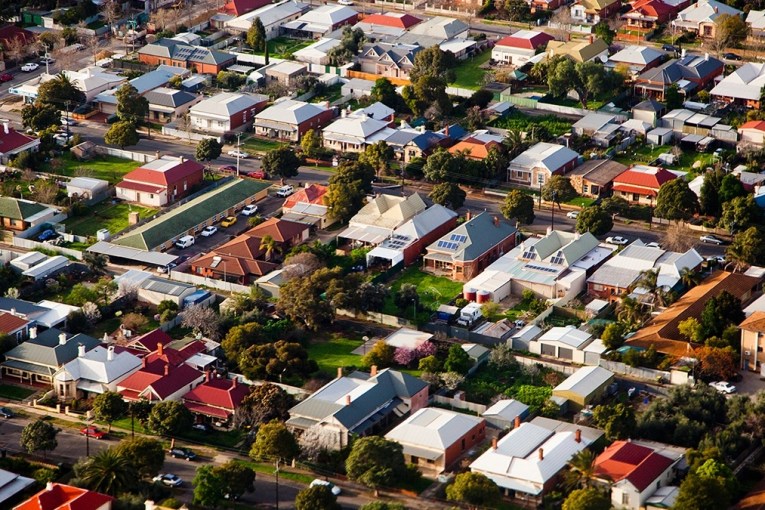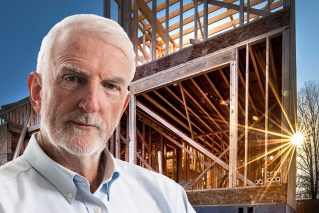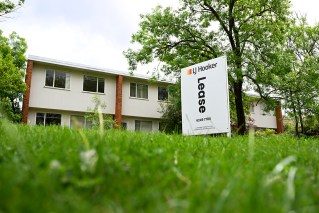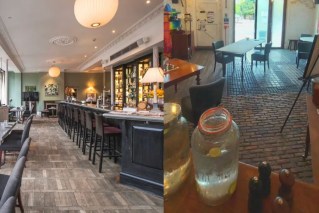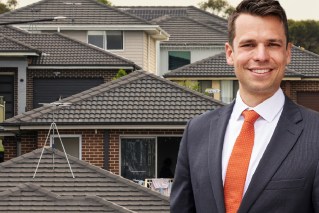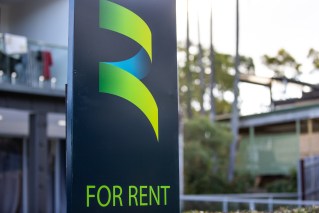The end of Queensland gas boom creates property investment nightmare
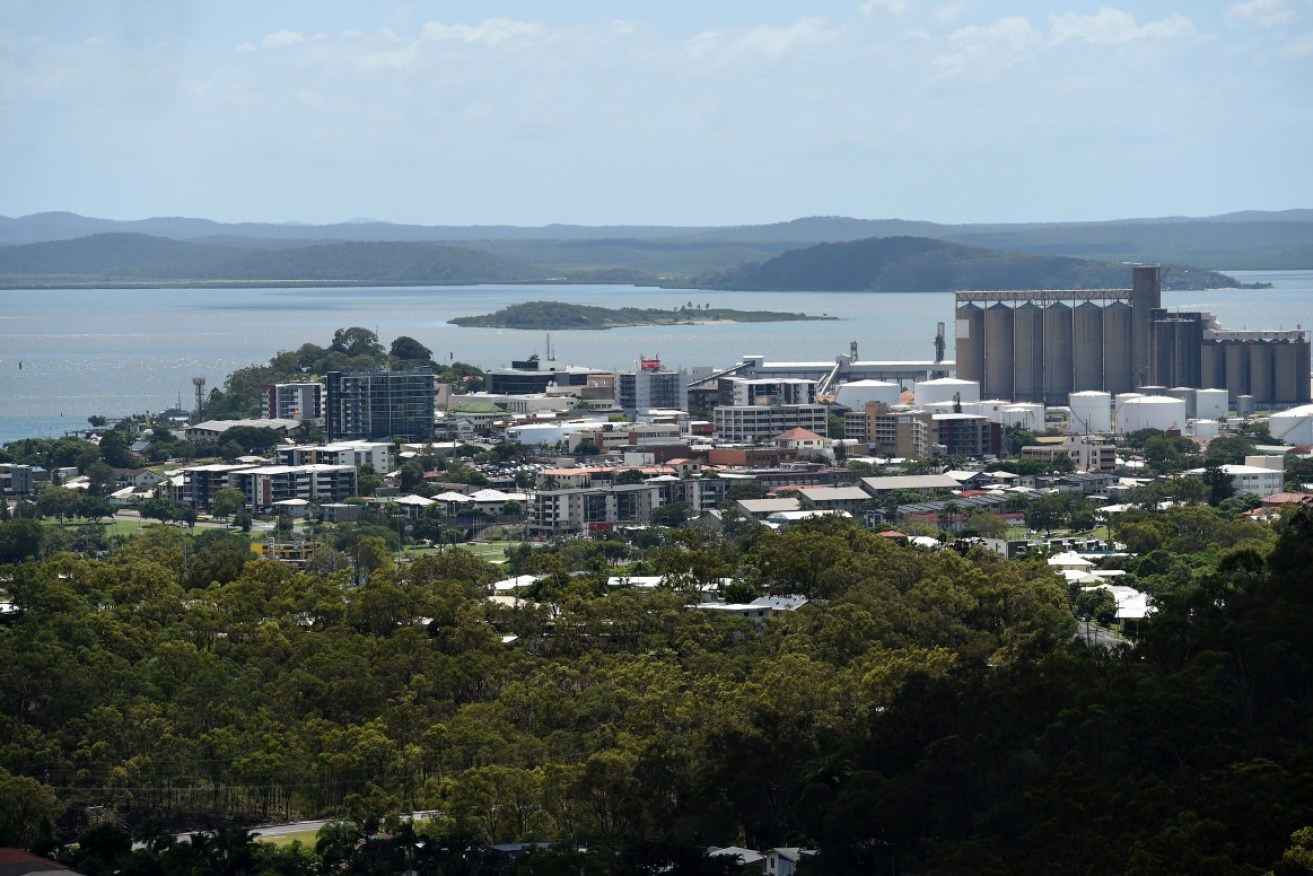
In the five years from 2012, the average property price in Gladstone has more than halved. Photo: AAP
Less than a decade ago this coastal Queensland town was on property investors’ wishlists, but today 80 per cent of homes are selling at a loss, taking an emotional and financial toll on families.
Young couple Philip and Aleisha bought their first home in Gladstone in 2012, when their central Queensland town was still high on an unprecedented LNG construction boom.
The boom of fly-in, fly-out workers had first led to a severe housing shortage, and then an explosion of property development to cater to skyrocketing rental demand.
Philip and Aleisha had some reservations about buying during the boom — but Philip was earning good money as a tradie and they wanted to start a family.
“We wanted to bring our children up somewhere we owned. A place where we could do up their bedrooms, paint rooms, and make it nice for the kids,” Philip said.
Their four-bedroom home in one of Gladstone’s newly built housing estates cost them $650,000.
When the boom is over
Six years later, Gladstone’s mining boom is over, the work has dried up, the property market is oversaturated with brand new homes, and rental prices have plummeted.
Philip and Aleisha’s home is worth less than $450,000.
“We were expecting to take a bit of a hit but we didn’t expect that,” Philip said.

This family’s newly built house has lost at least $200,000 in value and they cannot afford to sell it. Photo: ABC
“I guess I blame myself to an extent.”
In the five years from 2012, the average property price in Gladstone has more than halved, from homes selling at $425,000 at the peak of the boom to just over $175,000 last year.
New data released this week by CoreLogic shows more than 80 per cent of Gladstone homes sold at a loss in the December quarter – the highest rate in Queensland.
The town’s also one of the top 10 postcodes in Australia for people being behind on their mortgage repayments, according to S&P Global data.
Right now, Philip and Aleisha are staying afloat because Philip’s taken a job in Brisbane.
He lives there in a family friend’s spare room, while Aleisha and their two young daughters stay behind in the Gladstone home, because they can’t afford to rent it out or sell it at such a significant loss.
“I come home [from Brisbane] and the girls have grown up. I’m missing stages of them growing up,” Philip said.
‘I’m 53 all I own is a lounge, cupboards, and a coffee table’
Going into the red has been experienced by many in Gladstone, including Philip’s mother.

Jenny White went bankrupt after the Gladstone property market crash. Photo: ABC
Jenny White bought an older-style house for $310,000 in 2015 with her then-partner, but had to put it back on the market less than a year later when the marriage broke up.
She was only working a casual retail job and didn’t know how to make ends meet.
“I thought about trying to rent the house out, but the rents were so low by then that we would’ve got only $100 a week, and we were paying about $280 a week on the mortgage,” Ms White said.
“In the end the bank said to me, you’ve got two options: you pay it or you give us the keys. And I couldn’t pay it, so I just had to give them the keys.”
It got worse when the repossessed house only sold for $170,000, meaning that Ms White still owed the bank a big chunk of money.
Last year, after staving off debtors and living on credit cards, she declared bankruptcy.
“It still makes me emotional now to think at 53 years old and I don’t have a car and I don’t have a house. I have a lounge suite, two display cupboards, and a coffee table, and that’s all I own now at 53,” she said.
“I’m mad with the banks that they just seem to lend to so many people, and allow so many houses to be built, and the developers were joining in with so much money in town.”
-ABC
